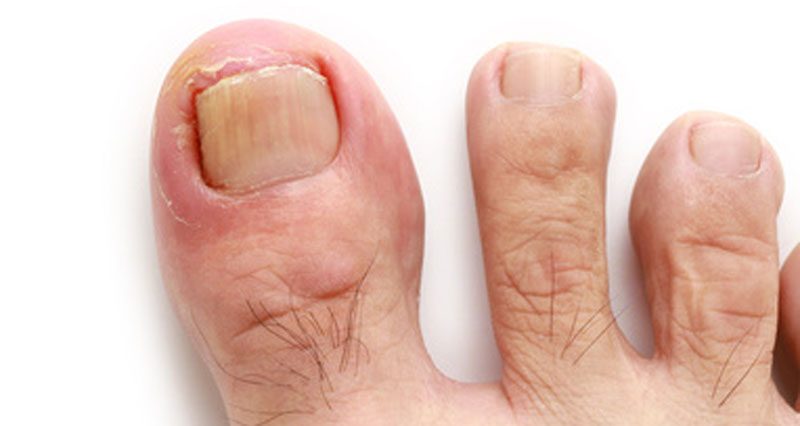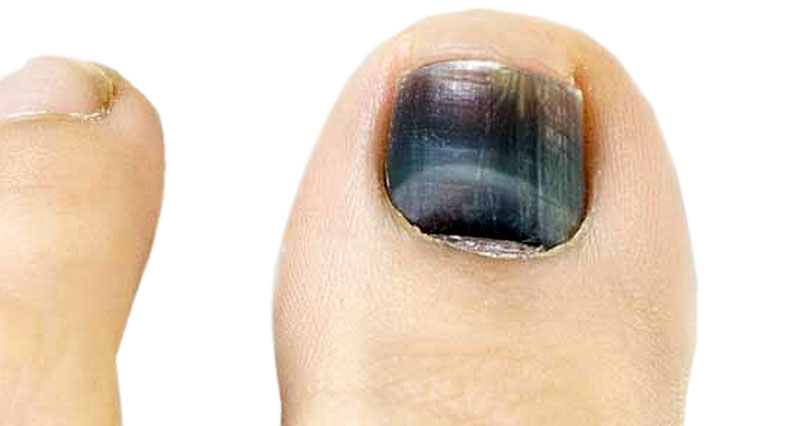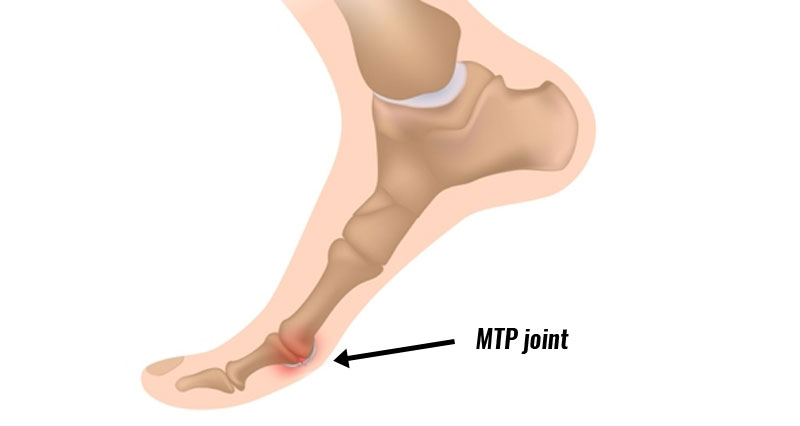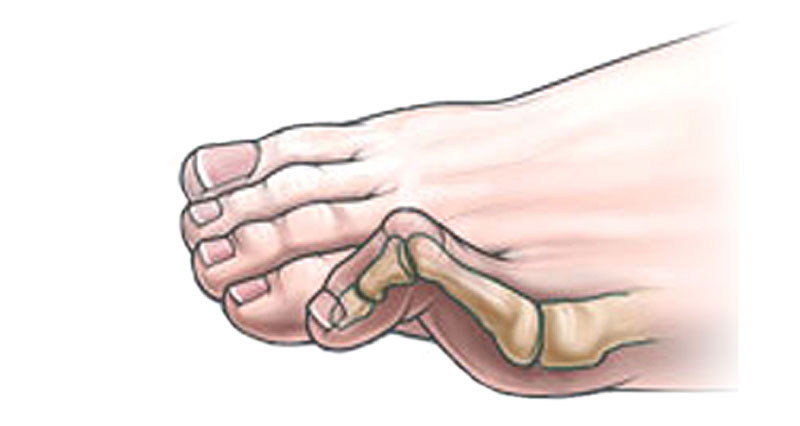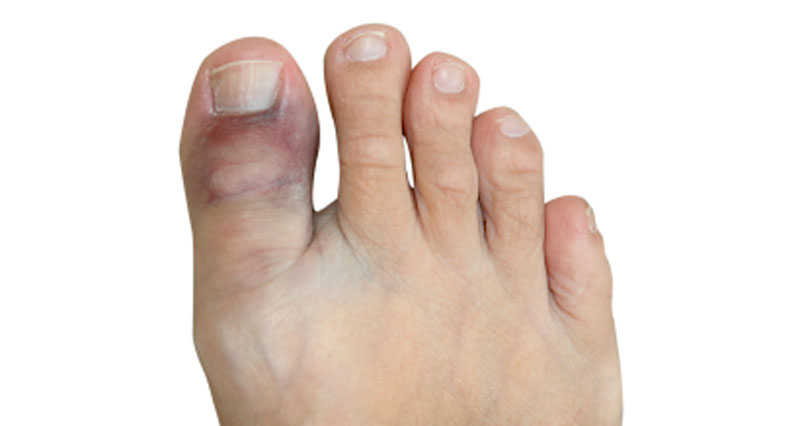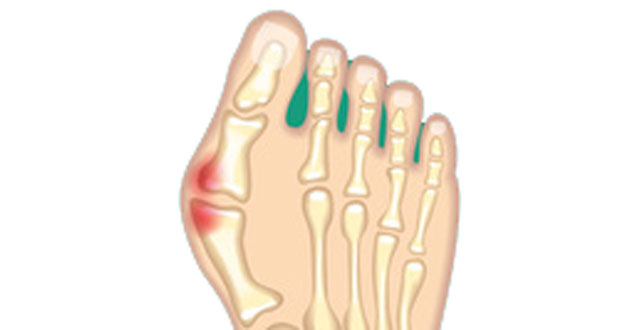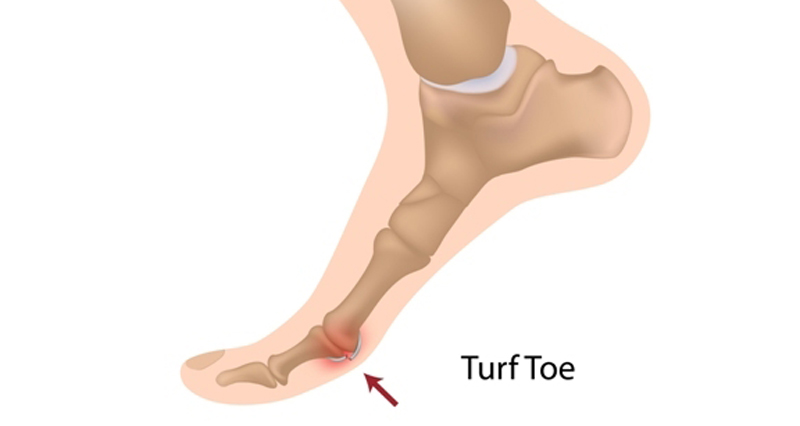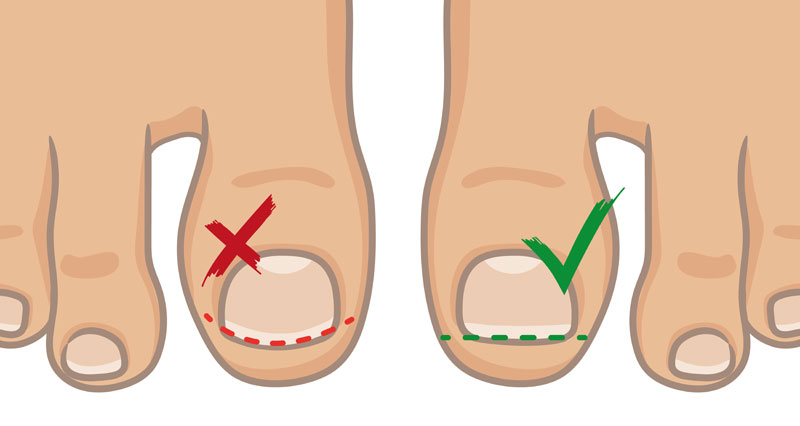An Ingrown toenail is also known as Onychocryptis. It is a common and frustrating cause of the toe pain. Here we explain the signs, symptoms, causes, and treatment for ingrown toenails.
Ingrown toenail symptoms
- It is usually the big toe or great toe that is affected.
- The sides of your nail will appear to grow downwards into the skin.
- Your toe will be painful and tender, especially when applying gentle pressure at the sides of the nail.
- Redness may be seen on the toe around the sides of the nail, particularly the side where the nail has grown inwards.
- Swelling may also be seen and infection is often possible in the form of fungal infection.
Treatment for Ingrown toenails
Treatment in most cases is simply to soak the toe in warm salt water 3-4 times a day. This is often a simple answer to the question of how to treat an ingrown toenail.
If your toe is infected, or you have diabetes, or you have unusually bad foot circulation, seek medical attention from a doctor immediately.

How should I cut my toenails?
- To prevent an ingrown toenail, cut straight across the nail. Do not round the corners of the toenail as this is thought to encourage growth down into the toe. Do not attempt to cut out the ingrowth yourself.
- A Chiropodist or Podiatrist will usually elevate the troublesome section of the nail, make a V-shaped cut and attempt to stretch the surrounding soft tissue with a cotton bud.
- Cutting a V shape in the middle of your nail encourages the nail to grow back and repair the ‘damage’ in the middle of your toenail, instead of downwards at the sides.
- If your toenail is infected with a nail fungal infection, then treatment with oral antibiotics or local anti-fungal treatment is necessary.
Surgery
Surgery is sometimes used in very severe cases to remove the nail border. This is known as resection of the outer aspect of the nail and its purpose is to prevent the edge of the nail from damaging the soft tissue of the toe at the side of the nail.
It may be done under local anaesthetic with any bad tissue being removed. The nail matrix is then treated with Phenol to prevent re-growth at the sides.
References & further reading
- Mayeaux EJ Jr, Carter C, Murphy TE Ingrown Toenail Management. Am Fam Physician. 2019 Aug 1;100(3):158-164.
